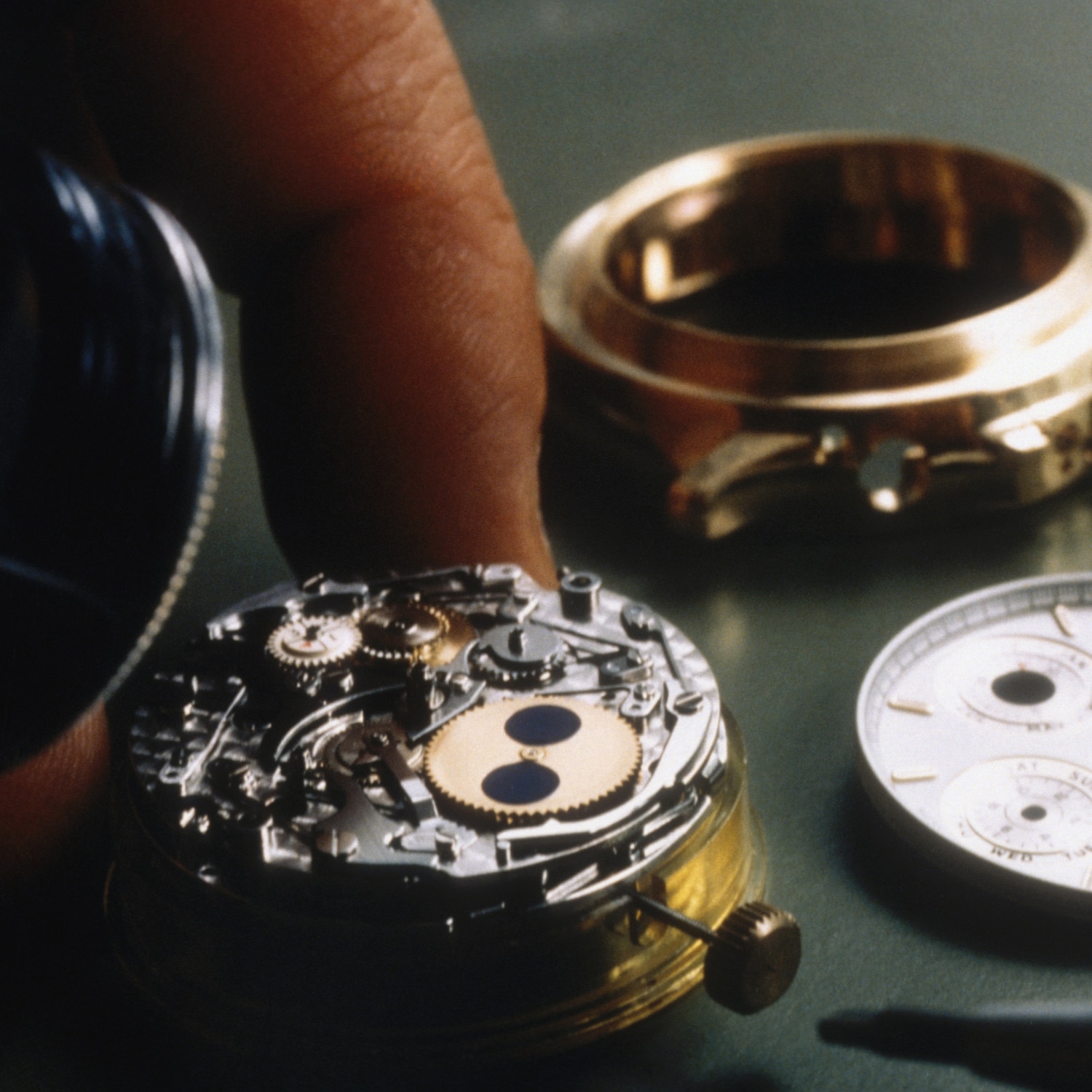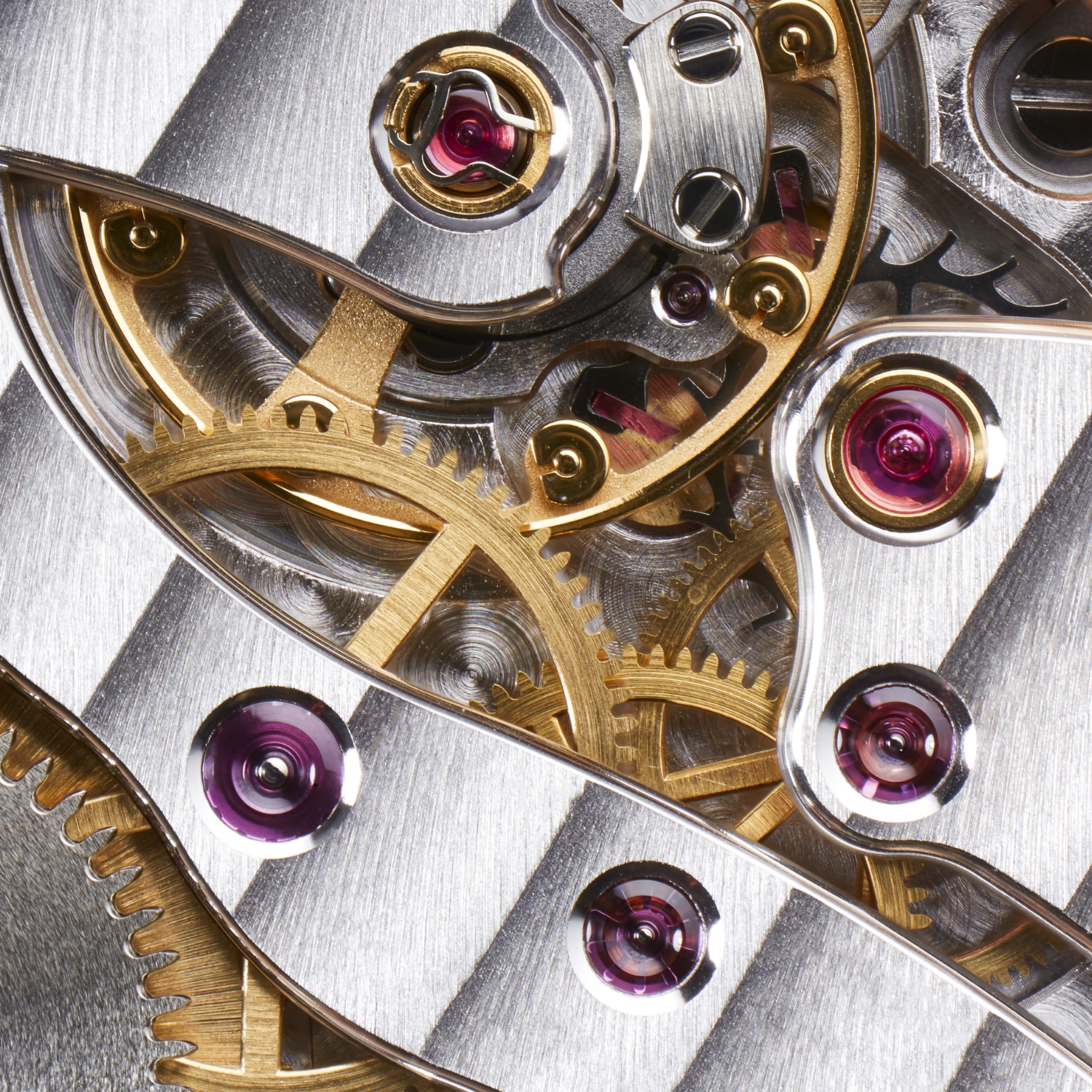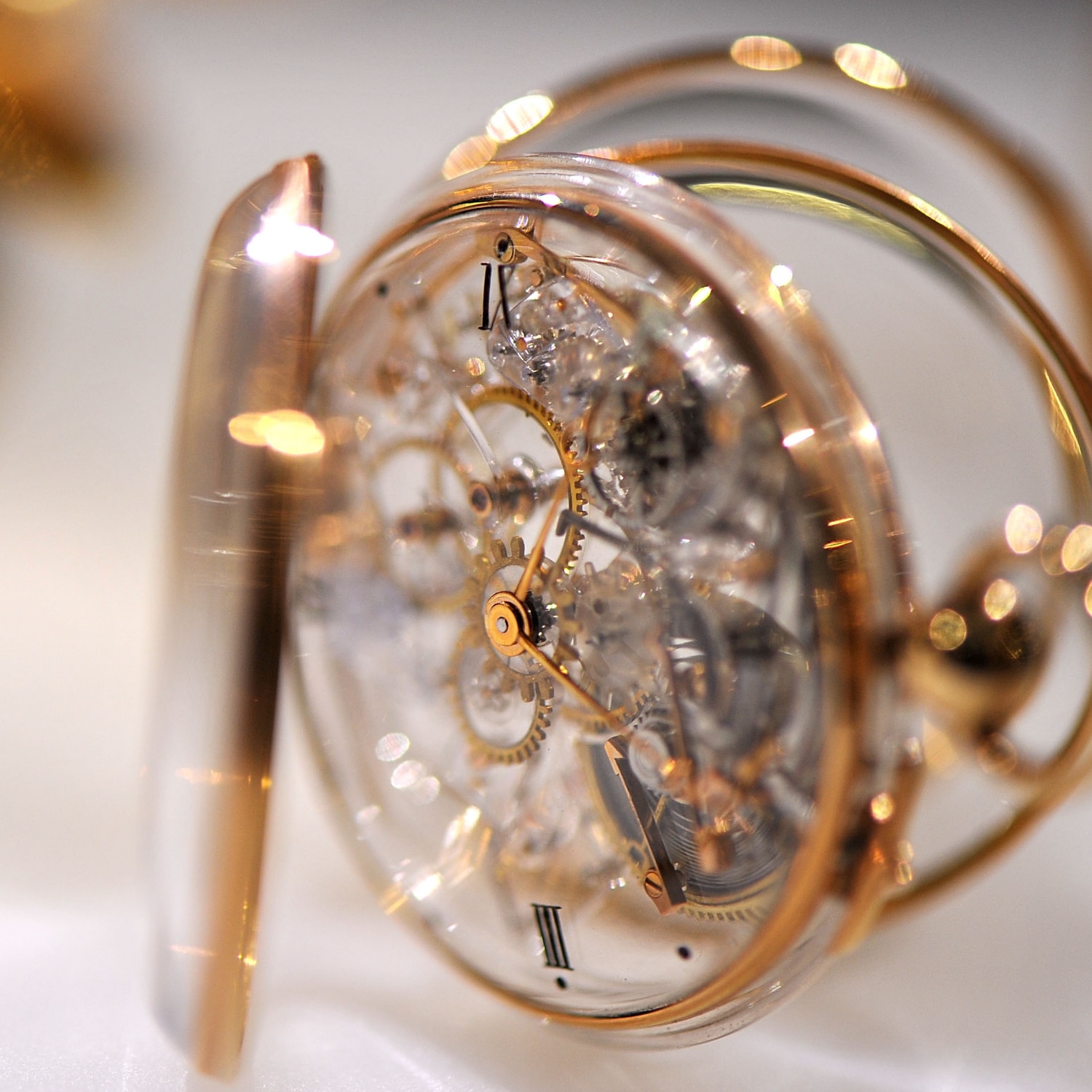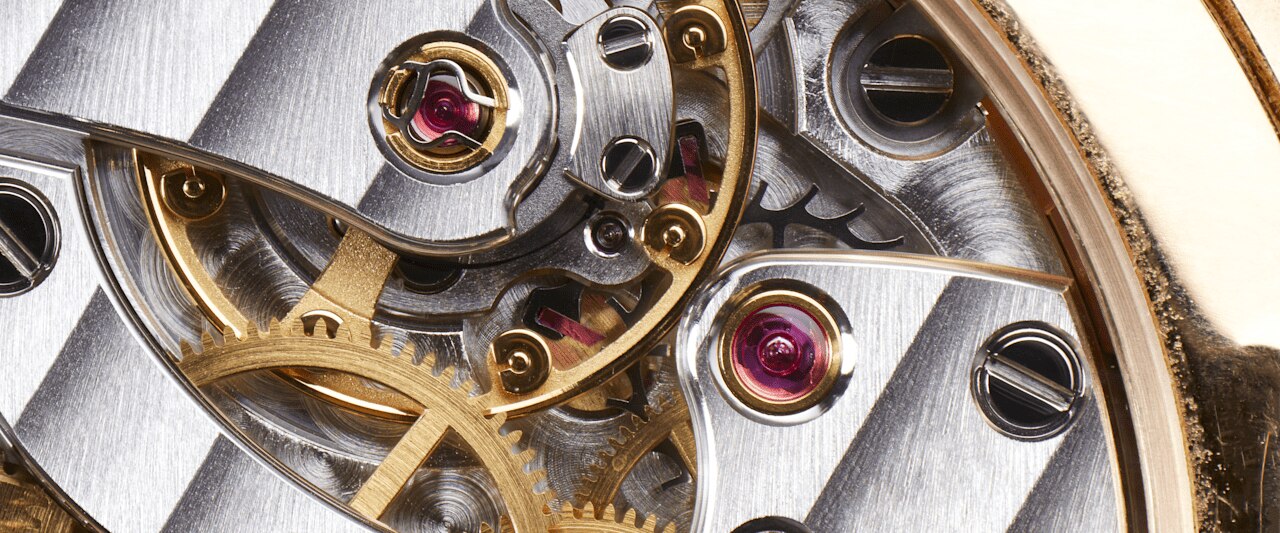Peering into the mechanical heart of a watch
The Watch Edit: Masters of Time by DFS
Located at one end of the energy flow, the escapement is responsible for regulating the energy output of a movement. It produces that hypnotizing tick-tock sound, but more importantly, is one of the most important components that has contributed to the great journey of pursuing accuracy in the history of timekeeping. The escapement we see in today’s watches has historic roots but it has come a long way in terms of designs and materials, especially after the so-called Quartz Crisis a few decades ago which ultimately led to a revitalization of the know-how and a renewed interest in the age-old watchmaking knowledge, with considerable evolution allowed by modern materials and technology. Whilst Abraham-Louis Breguet would certainly recognize his concepts in the tourbillon escapements of today, the silicon hairspring would likely be a source of wonder to him.

The beauty of a mechanical watch extends to within its movement
In any form, the escapement is a fine mechanism to appreciate and surely most watch enthusiasts would resonate with this same sentiment of appreciation. Traditionally, most movements were concealed behind a solid case back, such as those on pocket watches and early wristwatches. However, the modern adaptation of a clear, sapphire crystal case back had opened up a brand-new canvas for brands to showcase their craftsmanship, creativity and even their artistic techniques or engravings to distinguish themselves. Finishing down to minute details is easily perceivable with just a bit of magnification, it is the perfect battleground for only the crème de la crème.

Sapphire display backs allow a view into the mechanics and finishing
These elements are taken to an entirely new level when openwork comes into play, by opening up the dial side creating a much greater depth by displaying the intricacy of the movement alongside the time, yet simultaneously increasing the difficulty to create an adequate amount of contrast to delineate between the reading of time and the lovely clockwork in the background, not to mention the technical challenge of maintaining a stable platform for the overall watch mechanism. To take it a step further, some brands would skeletonize certain components such as the bridges and plates, just like how it is on race cars, reducing the use of materials while retaining the structural integrity, with the primary goal to expose the movement even more for its desired complicated aesthetic, often with the escapement being highlighted as an example of the mechanical heartbeat of the timepiece.
The movement architecture and hierarchy were less of a concern when the movement was effectively concealed, but it has now become a primary consideration to achieve a balanced and harmonized look. Take the Roger Dubuis Excalibur Monobalancier, which deliberately showcases both the micro-rotor and the escapement at the front of the watch, while leaving the intermediate wheels and the mainspring barrel behind the bridge of the star motif. Though all the components are displayed, the movement arrangement, by design, creates a layer of perception, a subliminal cue to the eye of where to look to first, while also including the essential branding and decorative elements.

Openwork and skeletonization allow you to view the movement at work at all times
Another great example is the Girard Perregaux Tourbillon Lady Ruby Heart, featuring an original movement design of three parallel bridges from the Tourbillon Sous Trois Ponts d’Or, a masterpiece pocket watch created by Constant Girard in the late 19th century. The design language of the movement is tidy and straightforward, with three bridges, from top to bottom, securing the mainspring barrel decorated with a hand-engraved white gold disc, the hour wheel, and the tourbillon escapement. The vertical alignment is outstanding on its own, but perhaps what is more impressive is the negative space being filled with natural ruby heart stone, producing a much simpler, tranquil dial that complements the gold bridges.
While a time-only, stainless steel sports watch is favored by many for its versatility, Piaget brings a splash of color into the movement of the Polo Skeleton to make it just a bit more playful. One of the most notable merits of the Polo is the thinness of the watch, and by having the baseplate and the bridges skeletonized it allows one to see through the compact design of the movement, while the blue treatment, other than the aesthetic value, helps to distinguish between the static parts and the moving components, which is appealing for those keen on understanding the inner workings of a watch.

The inner workings of timepieces are truly mesmerizing
Openwork and skeletonized movements are surely gaining popularity among various genres of wristwatches, and while some might still prefer a traditional dial for a more demure look, the decorative nature of openworks allows enthusiasts to perceive the tasteful movement at any time, even when they are wearing the watch, which is especially enjoyable when the escapement is ticking away. Perhaps this is similar to the excitement of being able to see the entire engine bay of a Ferrari F40, giving us an appreciation of an increasingly anachronistic yet continuously treasured mechanical era.
















